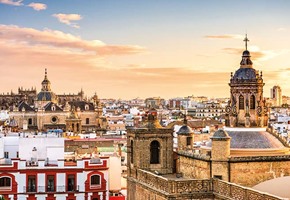
Experience Hidden Spain with the Experts
08/05/2025 · By Tim Hall
From Barcelona to the foodie haven of the Basque Country and iconic landmarks of Andalucía, uncover Spain with Great Rail Journeys’ Tour Manager Tim Hall.
Read moreAs Spain's most visited city, and the largest port on the Mediterranean Sea, Barcelona is one of Europe's premier destinations. Packed with cultural monuments, historic castles, beautiful parks, popular museums and galleries and brilliant beaches, it truly offers something for everyone. Having been settled by the Romans, Barcelona grew quickly, largely due to its advantageous position on a trade route and as a sea port. By the Middle Ages the city was the seat of the mighty Crown of Aragon, which had possessions stretching as far away as Athens. Barcelona has enjoyed a huge amount of wealth and prosperity for centuries, and much of this still shows in its myriad of attractions.
The Barri Gotic (Gothic Quarter) is the centre of the old city of Barcelona. Many of the buildings date from medieval times, though some are from as far back as the Roman settlement of Barcelona. Nowadays this area is predominantly a shopping enclave, stretching down to the seafront.
Literally the 'Old Harbour', Port Vell is Barcelona's historic port. This historic area was rather run down by the time it was restored for the 1992 Olympic Games, and is now a wonderful focal point of the city, with an attractive array of shops, bars restaurants and cinemas. Arguably the highlight of the port is Europe's largest aquarium, which is home to eleven sharks amongst its 8,000 water-dwelling creatures, all living in 1.5 million gallons of water.
Although there are a few of Gaudí's architectural masterpieces dotted around Barcelona, the magnificent Sagrada Familia is probably the most famous. He devoted the final years of his life to its design, and the building was unfinished at the time of his death in 1926. Nevertheless, the incredible structure was awarded UNESCO World Heritage status in 1984, and is a delight to discover today.
Housed in five adjoining medieval palaces in Barcelona's La Ribera, the Picasso museum was the first museum to be dedicated to the famous Spanish artist's work, and was the only one to be opened in his lifetime. The collection of Picasso's works is one of the world's largest, and highlights include two of his first major pieces, The First Communion (painted when he was just 15), and Science and Charity, which followed a year later.
Find out more with a free brochure and enjoy weekly travel inspiration and offers in our e-newsletter.
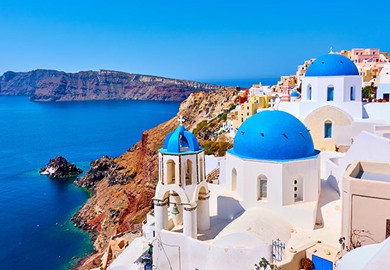
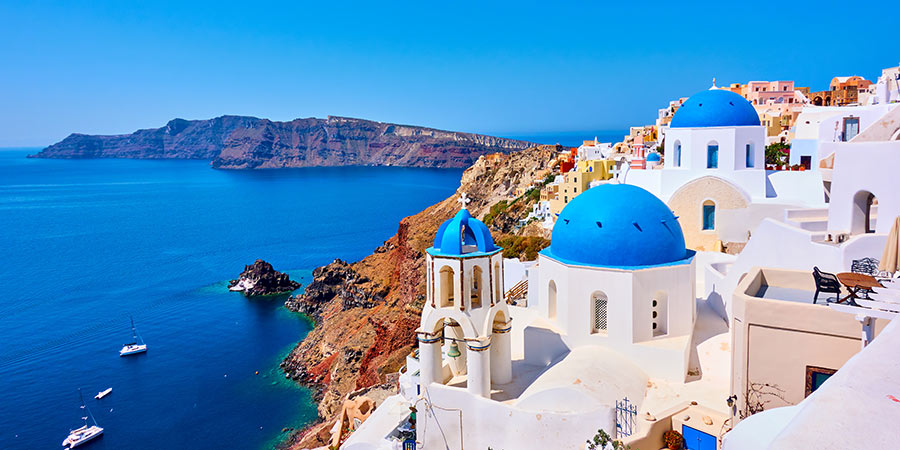
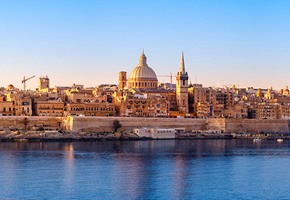
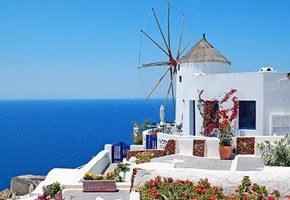
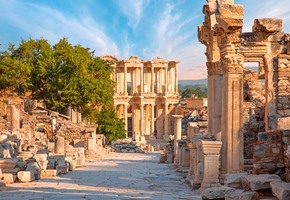
Embrace the spirit of exploration on an island-hopping journey which takes in the beauty, culture and immense history of the entrancing eastern Mediterranean. Journey by train to vibrant Barcelona and tour the city before cruising the glistening Mediterranean to medieval Valletta on the island of Malta. Encounter the iconic treasures of Athens,...
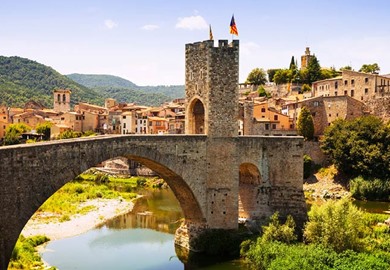
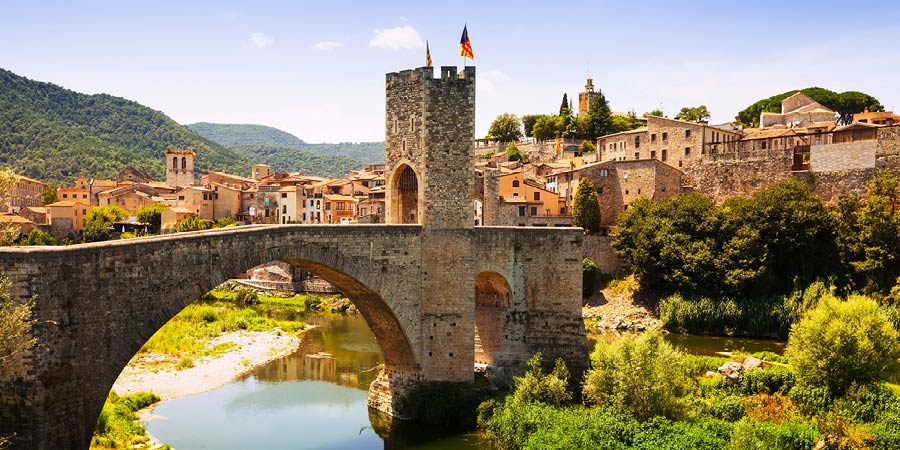
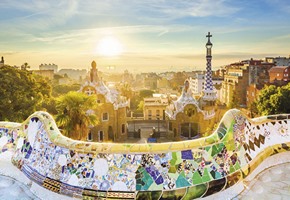

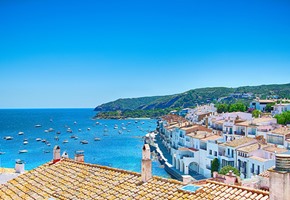
 (138 reviews)
(138 reviews)Based in the attractive coastal town of Roses, we explore the rugged Costa Brava and experience the region's cultural and gastronomic highlights. Cruise around the Cap de Creus peninsula to the fishing village of Cadaqués, savouring local flavours with lunch at a vineyard. Explore Barcelona, which showcases the fantastic architecture of Antoni...
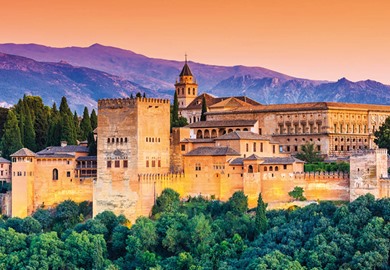
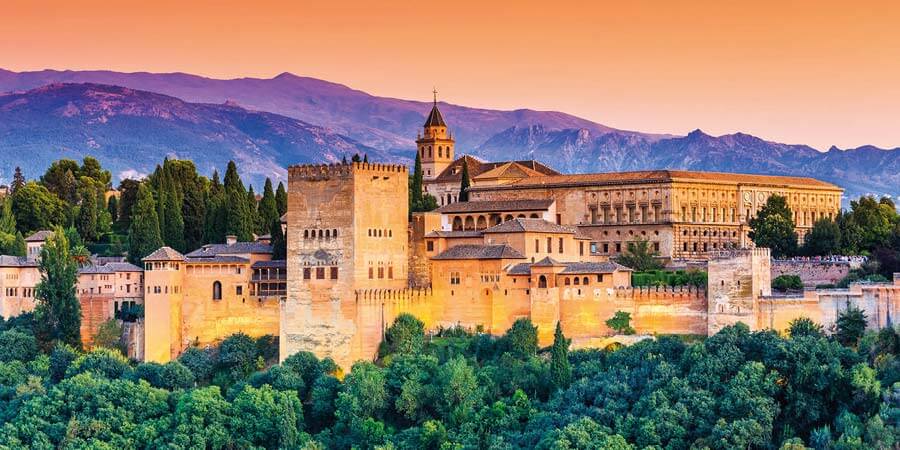
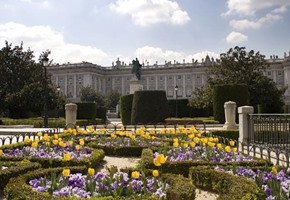
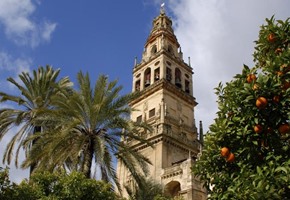
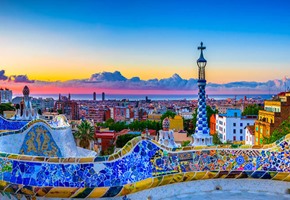
 (64 reviews)
(64 reviews)Discover the rich and diverse cultural heritage and artistry of Spain. On a journey through iconic cities, we travel from the capital of Madrid, into Moorish Andalucía and Barcelona. We explore Granada's Alhambra, palaces and gardens, Seville's historic cathedral and Córdoba's Mezquita. On a sightseeing tour we see Barcelona's Sagrada Familia...

